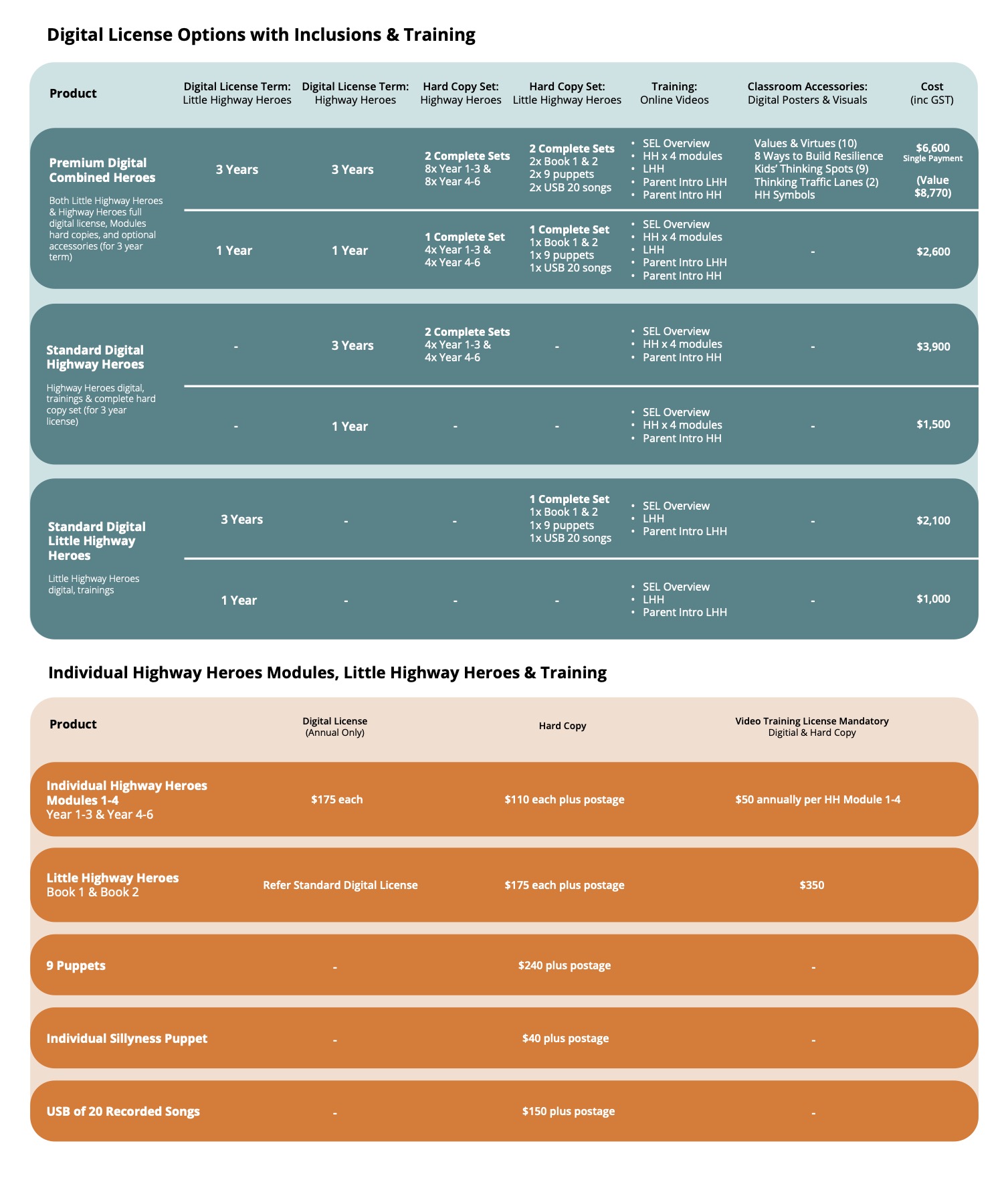Children deal with many different types and causes of anxiety. The one thing every form of anxiety has in common is the tendency to lock up the brain, making it difficult for children to learn. So as educators it’s important to be able to recognise and address anxiety.
Sometimes anxiety is obvious, like when a child is nervous about a test. But often the signs of anxiety are easily mistaken for something else. We look at some signs that can demonstrate anxiety is hiding in your classroom and offer strategies to help educators address the problem.
Behaviour That Can Hide Anxiety
Aggressive or disruptive behaviour
Anxiety in children often manifests itself in behaviours not usually associated with anxiety. Behaviours like constantly kicking the back of someone’s chair, or temper tantrums in the classroom may be a sign of anxiety. An anxious child without the skills to recognise and manage her feelings can find her fight, flight or freeze response triggered, resulting in a range of emotional overreactions.
Perfectionism
We tend to think of perfectionism as a virtue, but as a symptom of anxiety it can result in children sabotaging even those things they see as important. An exaggerated form of performance anxiety, perfectionism often results in a child failing to hand in his homework because he fears it is not good enough or failing to finish his work because he has been so busy erasing and reproducing his answers over and over again.
Frequent trips to the sick bay and/or bathroom
The mind and body are linked, so anxiety often shows itself through physical symptoms. Regular complaints of headaches, stomach pains or feeling unwell can be related to anxiety. (It also may indicate other physical conditions so it is always best to suggest a medical assessment when symptoms are ongoing.)
Non-participation / Gives up easily
Low self-esteem may appear to be the root cause when a child refuses to participate in games at recess or is quick to throw in the towel, but social anxiety may be the real culprit. It is not uncommon for children to refuse to participate in things that make them anxious, like gym class, school lunch or class presentations.
Squirming / Inattentive
That child fidgeting at his desk, paying no attention to your instructions may not be hyperactive, he may be anxious about something. A child can appear “on” at one moment and then suddenly drift away. It looks like inattention but the “drift” is actually caused by anxious thoughts.
Dealing with Anxiety in the Classroom
A child’s anxiety may stem from many sources, some real, some imagined. The role of an educator is not to eliminate anxiety, but to help a child to become aware of their anxieties and find ways to calm themselves.
Educators need to pay attention to their own behaviour when dealing with children’s anxiety. Don’t avoid things simply because it makes a child anxious. While you need to respect a child’s feeling of anxiety, you must avoid empowering anxious thoughts. Focus first on helping children to better understand and cope with their own thoughts and feelings.
Here are some exercises you can use in groups or individually to help children better cope with anxiety and stress.
Introduce the Idea of Stinkin Thinkin and Supa Thinkin
In BEST Programs 4 Kids’ Highway Heroes program we’ve labeled the negative thoughts that hold children back as Stinkin Thinkin. Call it what you will, but it’s important to help children recognise the signs of their own Stinkin Thinkin.
Ask children to brainstorm their own internal dialogues and identify the thoughts that put the breaks on their success. Use questions like: “What’s in the back of your mind when you don’t want to put your hand up to answer a question?” or “Do you sometimes find it hard to get started on a math problem? What are you thinking at that time?”
Help children to identify the thoughts and feelings that are holding them back, and give those thoughts a clear label (we like Stinkin Thinkin). It helps to do this in a group so children become aware that they are not alone in Stinkin Thinkin.
Common thoughts to come out of this exercise are: “I’ll never be able to do this.” “What if everyone laughs at me?” “I’m going to mess this up.” “This is too hard.”
In the BEST Programs 4 Kids vernacular, the opposite of Stinkin Thinkin, is Supa Thinkin. This refers to the positive, optimistic and helpful mindset that helps us to overcome adversity. Kids love talking about Stinkin Thinkin, but it’s important to follow this up with an exploration of the positive thinking that has helped children to get through each day. Get curious about questions like: “What was the Supa Thinkin you used last week when you had to present in front of the class or left your lunch at home or went to music class?”
It will take some time but eventually children will start to recognise when Stinkin Thinkin is getting in their way, and the Supa Thinkin that can be used to move forward. By giving these thoughts a label it becomes easier to talk to children one on one and successfully identify when anxiety is hiding behind their actions and work through strategies to overcome their worries.
Help Make the “Thinking-Feeling” Connection
Anxiety is an emotion that drives Stinkin Thinkin. For a child to truly get control of their negative thoughts, it’s important that she recognises the underlying feeling.
Feelings charades can be an effective exercise in helping children to identify and articulate emotions. Create cards with feeling words or pictures, and then ask each child to choose a card and act out that emotion for the class to guess.
You may want to do this exercise in isolation initially. But once children can fluently name and recognise emotions you can start to connect the feeling to thoughts. So, for example, if the emotion is “sad”, you might ask the class to identify what that “sad” person might be thinking.
The puppets in the Little Highway Heroes teaching resource each have different emotional expressions. Another idea for connecting feeling and emotion is to get children to use each puppet to tell a story to match the emotion.
Encourage Scaling of Difficulties
When you suspect that anxiety is preventing a child from completing an assigned task, encourage them to start scaling the difficulty of tasks. “If 10 is the most difficult thing for you to do, how would you rate this task?”
Expect that anxious children are going to automatically scale most tasks highly and don’t allow yourself to be frustrated initially. Merely introducing this concept to an anxious child will begin a different thinking process, but it will take time for them to gain realistic perspective. Don’t expect an immediate “aha” moment.


